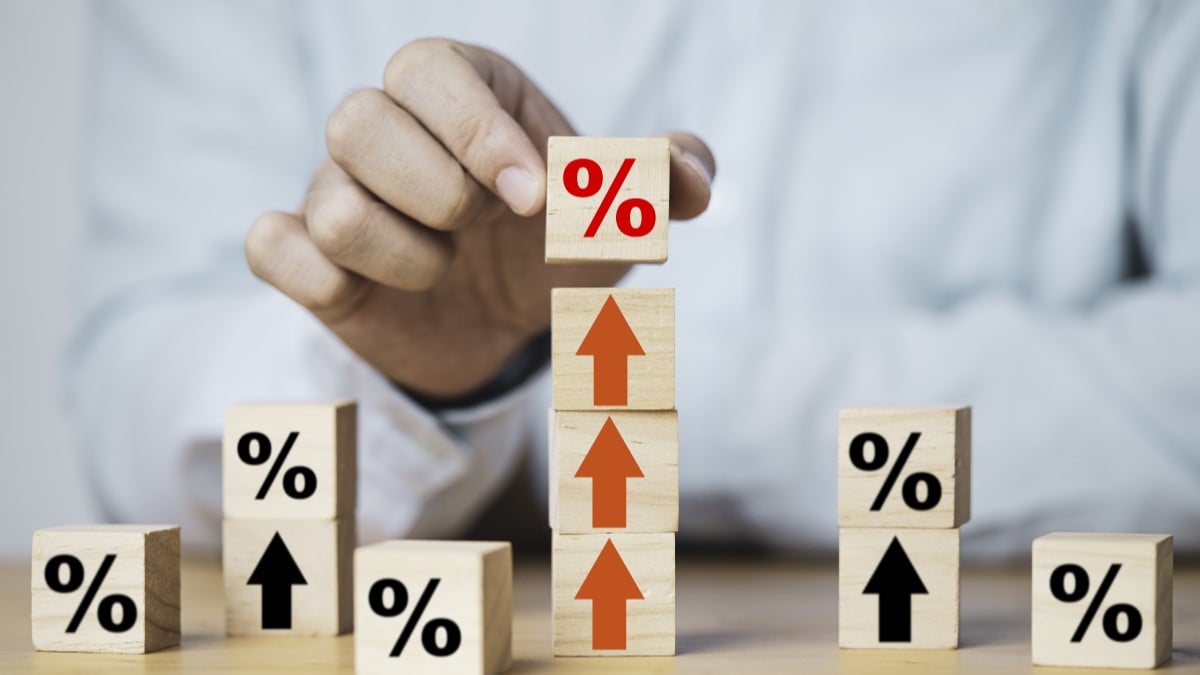When the year started, the Federal Reserve projected that it would cut interest rates three times by a quarter of a point each in 2024. The year is approaching half over, and it hasn’t made a single cut. Yesterday, Federal Reserve Board Chair Jerome Powell even said, “It’s unlikely that the next policy rate move will be a hike,” cracking the door open to the possibility.
The Federal Open Market Committee of the United States Federal Reserve, commonly called “the Fed,” sets the interest rate for overnight loans between banks. That interest rate filters through the rest of the economy, influencing the rate banks charge on credit cards and loans.
That rate currently sits at a 23-year high – part of an attempt to reign in inflation. It’s not working in all sectors of the economy – Powell told reporters yesterday that “inflation has shown a lack of further progress” toward the Fed’s goals.
Durable Goods, Like Cars, Now In Deflation
But Cox Automotive Chief Economist Jonathan Smoke says it’s working too well in what economists call durable goods – a category that includes cars.
“According to the GDP data, the durable goods sector is seeing deflation and is already in a recession,” he says. “Keeping monetary conditions restrictive risks making it worse and, potentially, spilling over into other areas of the economy.”
Related: New Car Prices Lowest In Almost 2 Years
“We are no longer in 2023, when pent-up demand, excess pandemic savings, and revenge spending kept the economy growing despite the Fed’s aggressive tightening. We have been on cruise control in restrictive territory for nine months,” he says.
Monthly Payments An Affordability Problem
Most Americans borrow to buy cars. Smoke says that monthly payments, not prices, are the real test of whether cars are affordable.
“Even though prices for vehicles, both new and used, have been slowly falling, the declines are not producing much relief in monthly payments because interest rates have risen.”
Related: Average Used Car Price Down 4% From Last Year
The Fed has said it is targeting 2% inflation, Smoke notes. “The exact level of inflation that is ideal or tolerable is debatable. The Fed is focused on 2%, but many would suggest that 2.5% or even 3% would also be fine for the economy. And we are already in that range.”
But Inflation Still Happening In Other Expenses – Like Insurance
Other parts of the economy continue to see prices inflate. Insurance costs are soaring – the price of the average car insurance premium rose 22% in just one calendar year. That has the Fed holding back.
The Risk: Everyone Will Wait On Major Purchases
But, Smoke worries, “deflation is potentially even scarier, and the durable goods sector has officially dealt with deflation for the last three quarters. Both new and used vehicle prices have been declining for two years. Initially, this was a correction and return to normalcy, but the market is at an inflection point because consumers now expect that prices will keep falling.”
Related: Is Now The Time To Buy, Sell, or Trade-in a Car?
That can trigger what economists call a “deflationary spiral” – consumers waiting on big spending decisions because they expect prices to fall further. If everyone watches car prices fall month after month and hears news of a possible rate cut, Americans will stop buying cars.
“With the impact of tax refund season effectively over, the vehicle market is seeing declining sales momentum. The next few weeks and months could be challenging if consumers en masse believe they are better off waiting to purchase,” Smoke explains.
The Fed will meet again in June. They may see evidence of inflation progress then, he hopes. “But they will also likely see more evidence of slowing in the economy, like is happening in durable goods. If so, we could see cuts before the end of the year… just not yet, nor any time soon.”








